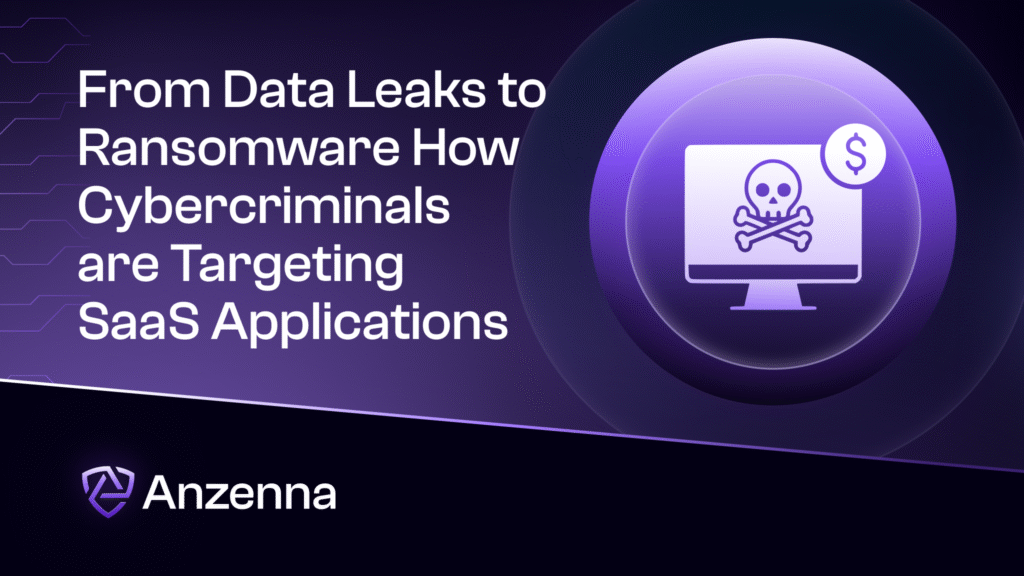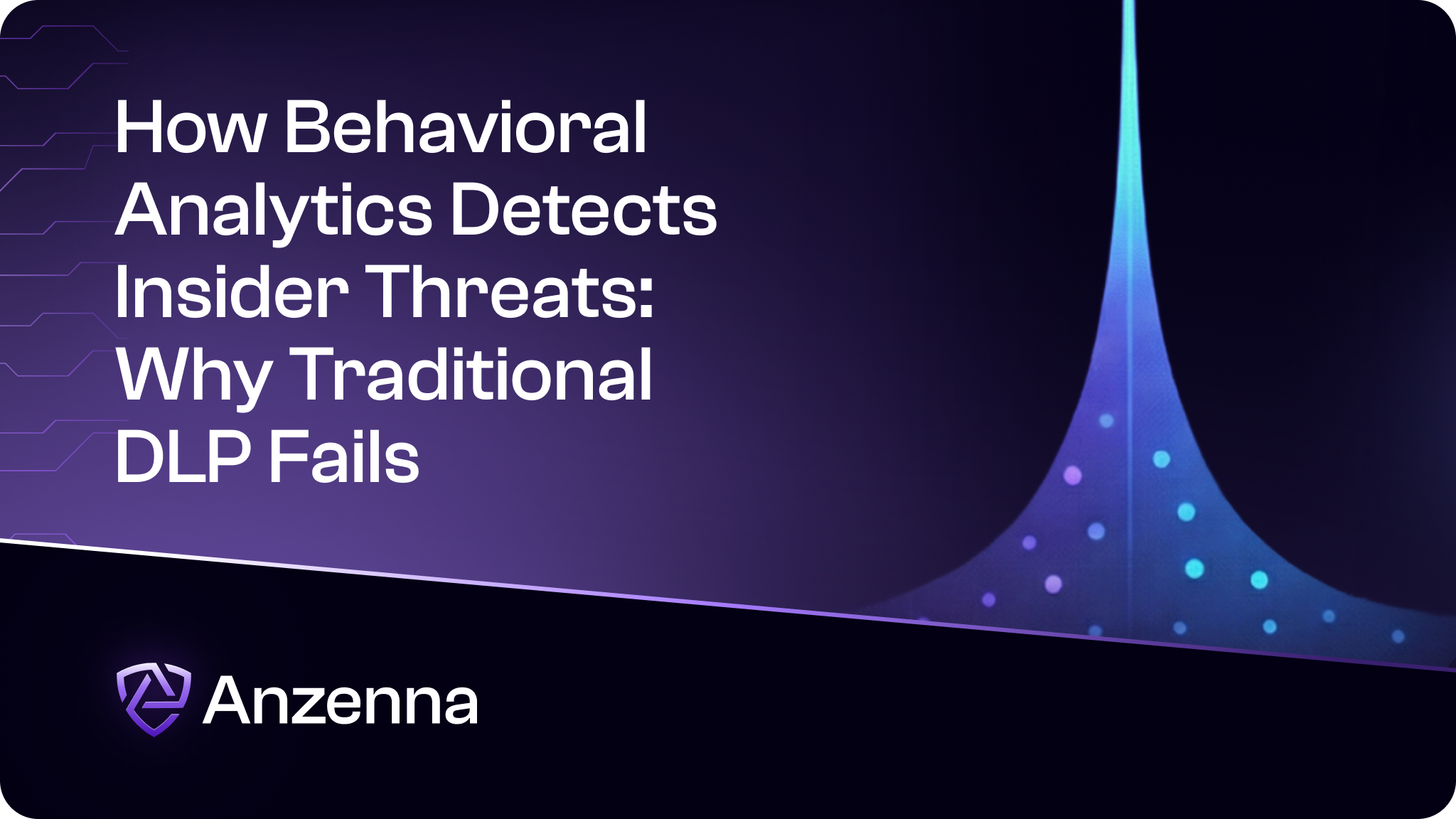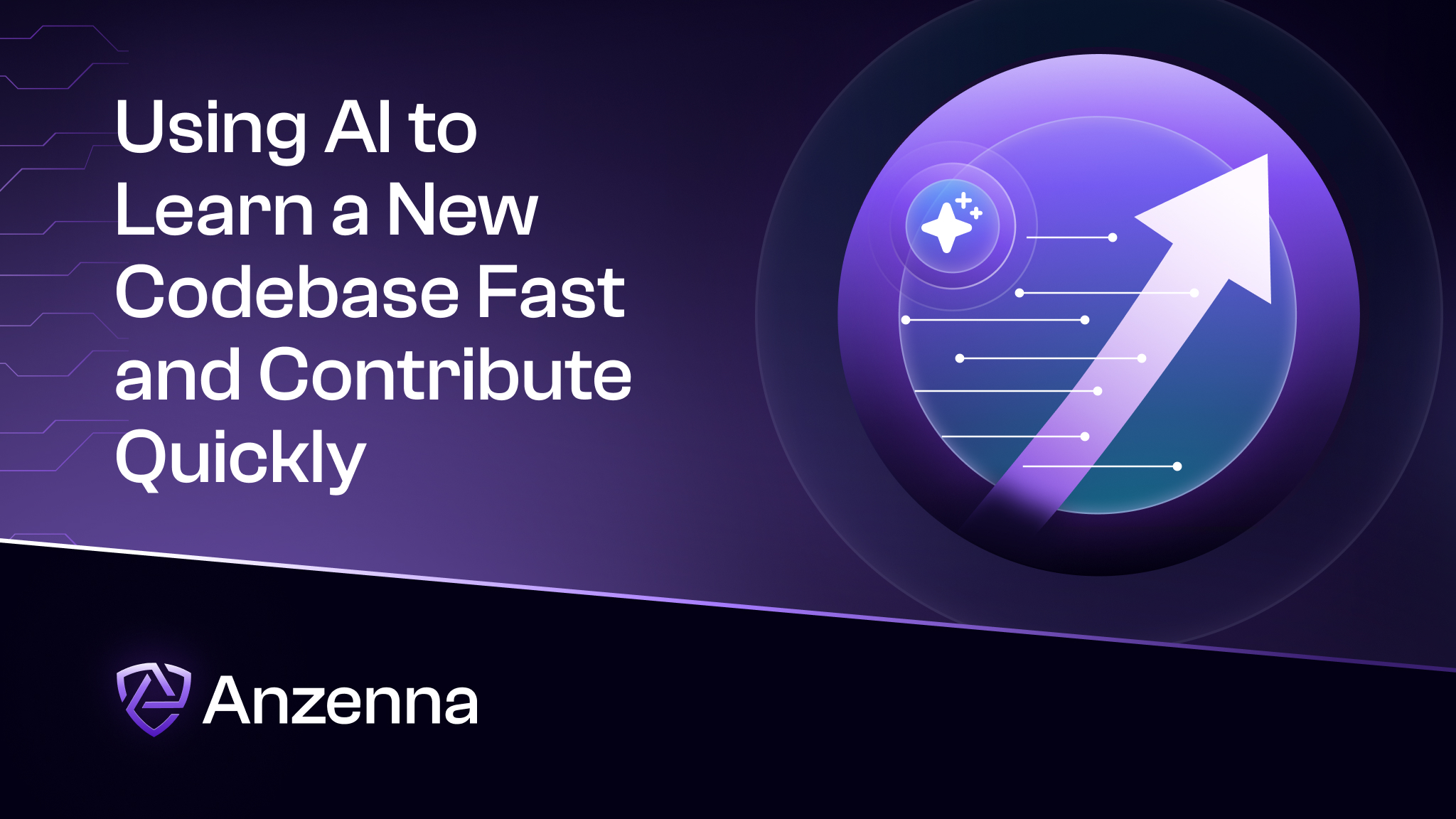In a digital world, data is everything, but so are the risks that accompany it. When systems are breached, the confidentiality (keeping data private), integrity (making sure data is not tampered with), or availability (making data accessible when required) is compromised. The threats to our security are something we face every day, starting with leaked credentials and ending with ransomware attacks or even misconfigured SaaS tools.
Our day-to-day life is much engaged with SaaS platforms: logging into emails, collaborating on shared files, or messaging with co-workers. These applications have now become a part of how we live and work. However, convenience comes with the downside of vulnerability. Cyber criminals know this; hence, they exploit weak areas where people least expect it.
The reality is that SaaS is becoming the backbone of how work gets done. That means the same tools that make us more efficient also can expand the attack surface in ways that many organizations underestimate.
Once your data is leaked, what do you do about it? And how do you prevent an occurrence in the future?
Anzenna uses AI to draw useful information out of over a hundred data signal types to react on emerging threats quickly and effectively.
What Happens When a Data Breach Occurs?
Basically, with the data breach, an unauthorized person is getting hold of your confidential information. Phishing, human errors, weak passwords, or some compromised password is generally the way by which data breaches occur.
Consider one example: An employee clicks on an email link that looks fairly innocent and mundane. Now credentials are stolen and the attacker has been granted access to an organization’s critical systems. It’s rarely the dramatic, Hollywood-style hack. Instead, it’s the small, avoidable, human thing that balloons into something big.
Therefore, the incidence of a data breach spells out many unpleasant consequences: financial losses, defamation, legal and regulatory issues, business operations interruption, to name just a few. So speedy, coordinated response becomes very critical.
Furthermore, it’s important to note that these consequences will not vanish after the initial breach is contained. Reputational damage can linger for years, affecting customer trust and even future business partnerships. Because of this, companies are starting to view cybersecurity as a core part of business strategy rather than just an IT issue.
What To Do If Your Data Is Leaked
When a security breach is happening, the faster the incident response, the better. Here are some steps you can take immediately:
- Reset the credentials that were compromised immediately
- Enable multi-factor authentication on all accounts
- See if there is any suspicious activity coming up
- Notify the affected party (and the regulators, if required)
- Put in action the incident response plan
These steps may seem obvious, but can be overlooked easily. That’s why preparation matters. Having these actions built into a repeatable playbook means you don’t lose precious time figuring out what to do when every second counts.
Remember, remediation is only step one. Resilience means finding vulnerabilities before they get exploited. Anzenna gives you proactive visibility into risky user behaviors, SaaS misconfigurations, and insider threats, so you are always in front of the next incident.
Ransomware: What You Need to Know
Ransomware: What You Need to Know
Ransomware is some sort of malicious software that extorts victims by restricting access to files until the ransom is paid. Hence can affect computers or networks, blocking and locking anything it touches. It stops the operations in panic time, causing so much financial havoc that in most cases, an entity is put to dust while its reputation is ruined.
Were you to even pay the ransom, you might lose any of the following: time, trust, or data.
For businesses, this disruption goes beyond these consequences.
It means employees unable to work, customers losing trust, and executives forced to make impossible decisions under pressure. For individuals, it can mean losing access to years of personal data in photos, documents, or projects.
Your defense should be layered, utilizing strong authentication, backups, employee training, and real-time detection of anomalies. Since ransomware is usually propagated through users and SaaS apps, your security strategy has to consequently dig even deeper.
How else can you keep yourself protected? Here are the basics to keep in mind:
- Use strong, unique authentication
- Regularly backup data, securely
- Train staff in cybersecurity matters
- Monitor systems in real time for anomalies
Think of this as building layers of protection around your digital life. Each layer on its own isn’t enough, but together they create a net that’s much harder for attackers to break through.
How Cybercriminals Target SaaS Applications
SaaS platforms have now become a favorite target for attackers; not because they are weak, but because they are now everywhere. Cyber attackers can take advantage of any misconfigured settings, stolen credentials, or other instances of excessive user privileges and glide through cloud infrastructures unopposed.
Many companies are not aware of the attack until heavy damage has been done. Without monitoring what the end-users are doing, who accesses what, and application setup, this scenario is likely to occur.
In cybersecurity, one has to look for those subtle, very day-to-day threats: an open shared folder that ought not to have been open too long; an account that has more privileges than is reasonably necessary; a login from an out-of-the-way place that, strangely enough, nobody notices until it is too late.
SaaS Security should be dynamic, real-time, and context-based on user behavior.
Key Takeaway
Breaches and ransomware are growing more prevalent. A rapid action can be taken to lessen the fallout. Anzenna helps focus on what’s relevant and go beyond reactive measures so that you can proactively manage risk. Cybersecurity doesn’t have to be complicated, but it does have to be useful and make sense in your business workflow.
At the end of the day, it’s about protecting the trust your customers place in you, the hard work of your employees, and the data that drives your business forward. And with the right approach, you not only survive in a digital world full of risks, but you can thrive in it.








